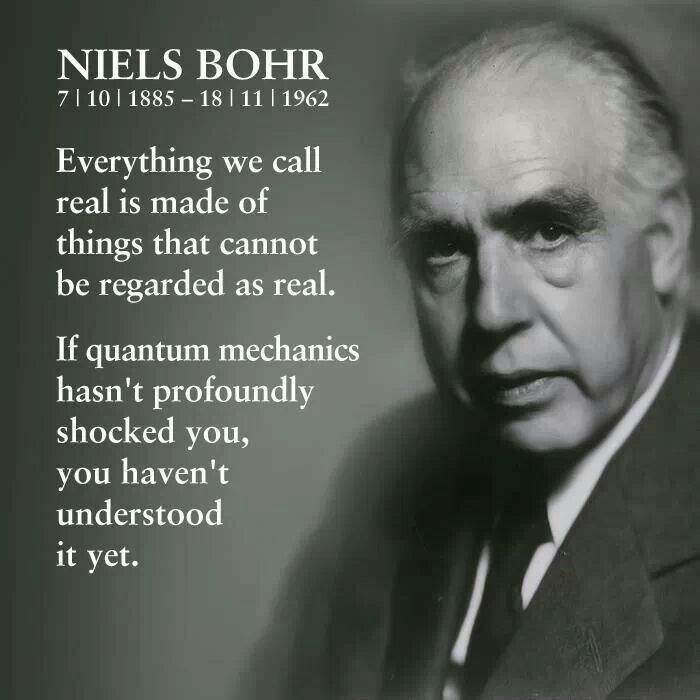|
Space and Time as Limits to Our Science

Permission is granted to reprint the following article as long
as no changes are made and the byline, copyright information,
and the resource box is included. Please let me know if you
use this article by sending an email to dje@newedisongazette.com.
Space and Time as Limits to Our Science
Copyright © May 21, 2017 Douglas W. Jerving.
All Rights Reserved.
On the sub-atomic level an event can be experienced at the same time in two
different places. That is basic quantum mechanics. Quantum mechanics is a
contrarian challenge to standard physics, but still theoretically true based
on Einstein's theories, since time is a relative version of space. Space is
compressed by time, and time is compressed as it approaches the light constant.
Special relativity (E=MC squared) is the touchstone for all later physics,
including quantum mechanics. The smaller the relation between time and space,
the closer the existence of events becomes. As events take place based on
time/space, on the sub-atomic level it is possible for the same event to happen
at the same time at different spaces because both events happen at the same
relative time. In fact, however, such simultaneous events take place faster
than our ability to measure them.
Since time and space are related to one another and both are determined by the
constant velocity of light then all that empirically exists is confined within
that constancy unless it is outside of the relation of space and time.
(Technically, science is that which is observable and repeatable.) Space and
time are therefore limited by the categorical constancy of light. The constancy
of light is a determined factor, and that implies finitude. It implies that the
order of the universe is limited.
Since the universe is limited by the constant of light, space and time are also
limited, being the “stuff” of the universe. A multiverse, if there could be such
a thing, is limited by these same ideas, albeit more extensive. The idea of a
multiverse is, however, contradictory in its very nature, since all universes
in a multiverse would be parts of a greater universe. It does not matter how
far out we extend the concept of multiverses; they are all still checked by the
space/time constant speed of light. Science cannot get out of that box without
losing its ability to be real or even theoretical evidence.
The only way out of a limited uni/multi-verse is to allow for a non-time/space
that incorporates a time/space bubble, or even a series of bubbles. But that
implies an eternal existence reality that supersedes the bubbles of time/space;
an existence which is impossible to prove because it is outside of any possible
experience. Eternal existence is impossible to deny for the same reason: it is
outside the scientific requirements of observability and repeatability.
We cannot prove or deny the existence of an eternity beyond the bubble of our
own existence by a science constrained to the limitations of our own limited
existence. We will always be limited by our science, since the nature of science
is impounded by the limitations of existence; of space and time. Existence is
always a part of space/time and only consequently of eternity.
------------------------
Doug Jerving is the publisher of the NewEdisonGazette.com. You may contact him at
dje@newedisongazette.com.
=================================

Return to The New Edison Gazette main site.
|
|

